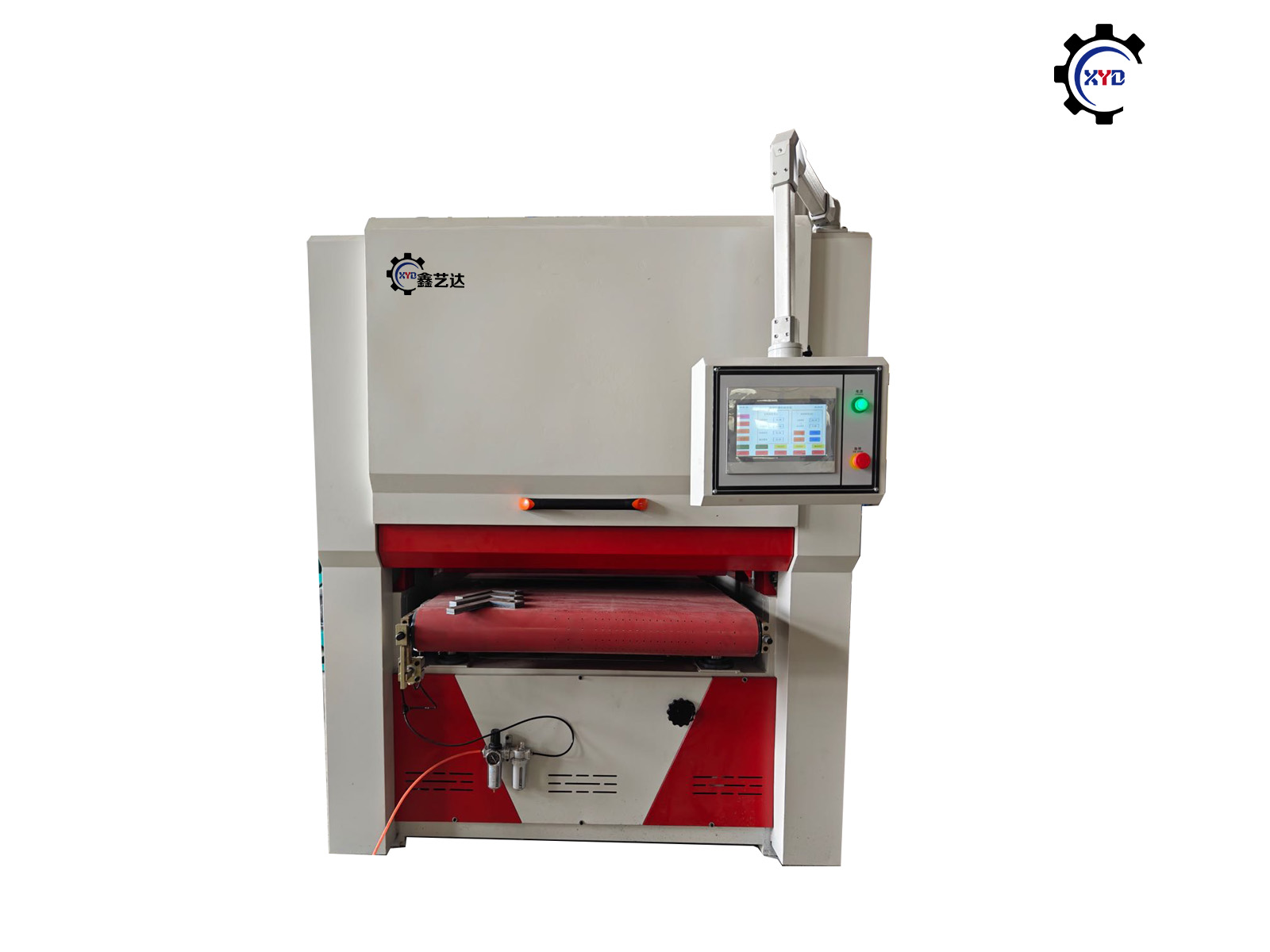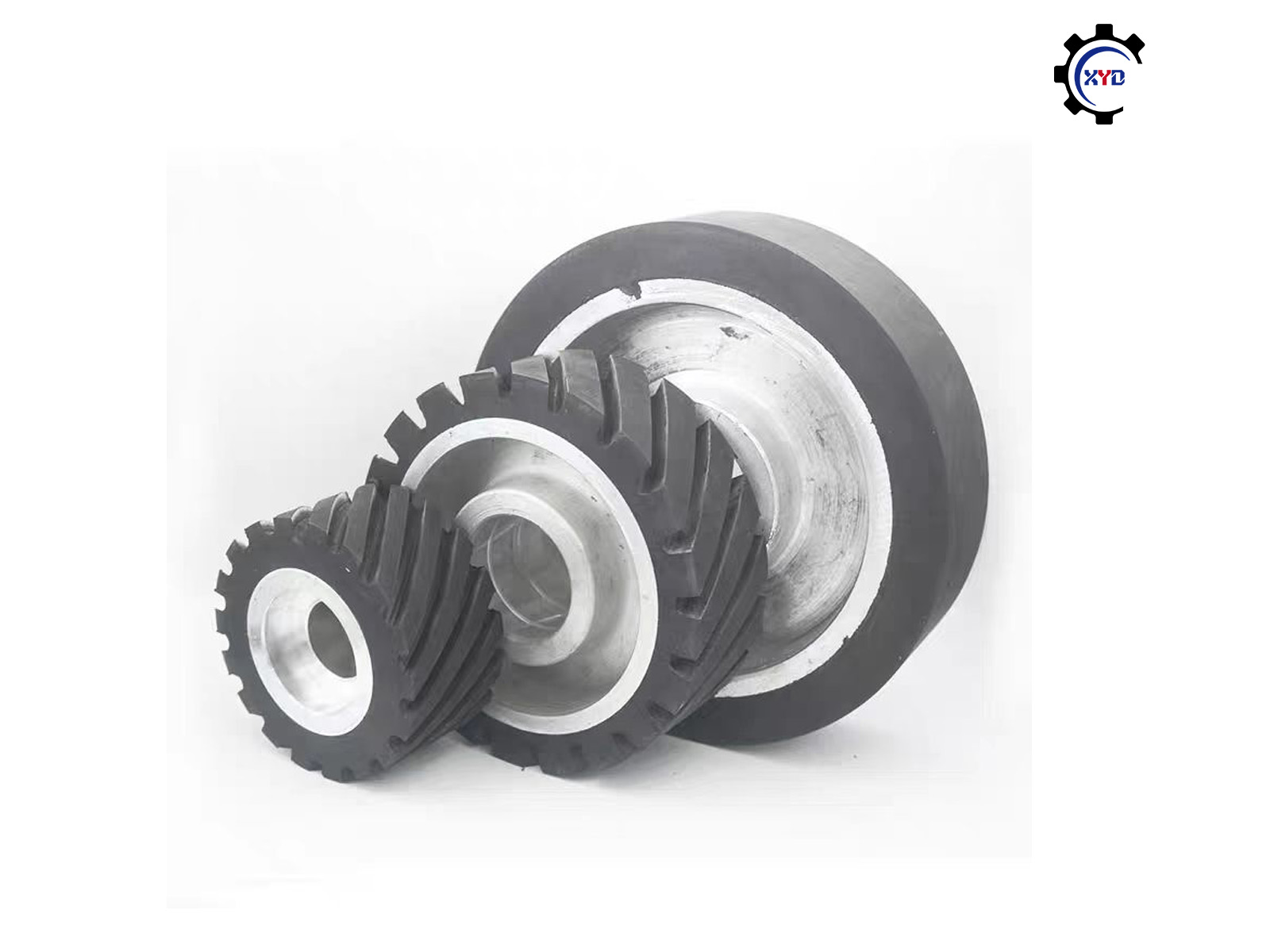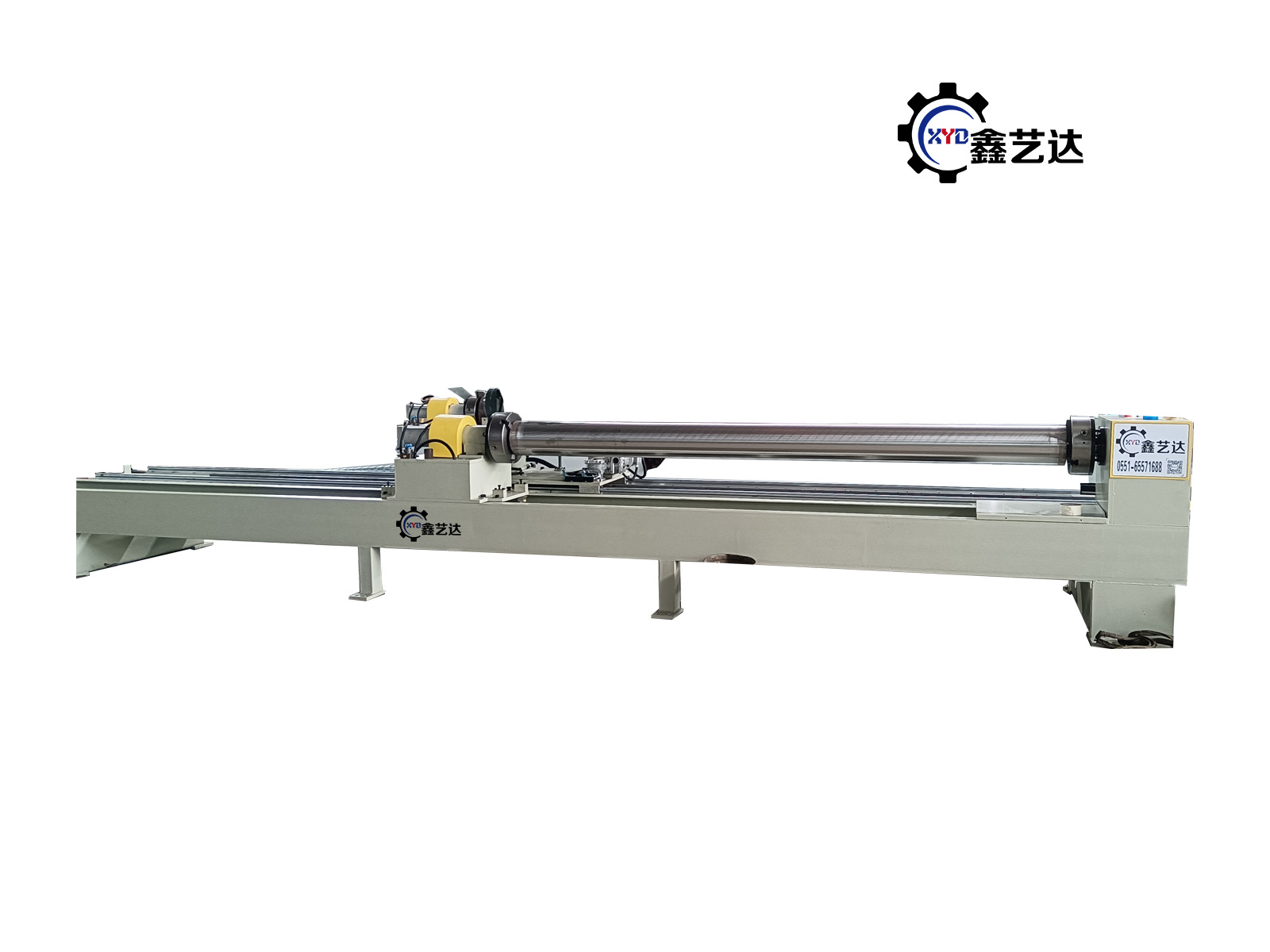How many ways are there to polish ?
Publish time:2024-12-09 20:17:27 Popularity:0 Source:未知来源
First- mechanical polishing
Mechanical polishing is to rely on cutting, plastic deformation of the surface of the material to be polished after the removal of the convex part of the polishing method to get a smooth surface, the general use of oil stone strips, wool wheels, sandpaper, etc., mainly hand-operated, special parts, such as the surface of the rotating body, you can use the rotary table and other auxiliary tools, the surface of the surface of the high quality requirements of the ultra-fine research and polishing methods. Ultra-precision grinding and polishing is the use of special abrasives, containing abrasives in the research and polishing liquid. Tightly pressed on the surface of the workpiece being processed, for high-speed rotary motion. The use of this technology can achieve Ra0.008 surface roughness, is the highest in a variety of polishing methods. Optical lens molds often use this method.
Second- chemical polishing
Chemical polishing is to let the material in the chemical medium surface microscopic convex part of the concave part of the priority of the dissolution, so as to get a smooth surface. The main advantage of this method is that it does not require complex equipment, can be polished complex shape of the workpiece, can be polished at the same time a lot of workpieces, high efficiency. The core problem of chemical polishing is the preparation of polishing solution. The surface roughness obtained by chemical polishing is generally tens of microns.
Third- electrolytic polishing
The basic principle of electrolytic polishing and chemical polishing is the same, that is, by selectively dissolving the surface of the material tiny protruding parts, so that the surface is smooth. Compared with chemical polishing, can eliminate the influence of cathodic reaction, the effect is better. Electrochemical polishing process is divided into two steps.
① macroscopic leveling dissolution products to the electrolyte diffusion, the material surface roughness decreased, Ra〉lum.
② microscopic leveling anodic polarization, surface roughness increased, Ra <lum.
Four- ultrasonic polishing
Put the workpiece into the abrasive suspension and put together in the ultrasonic field, relying on the oscillation of ultrasound, so that the abrasive in the workpiece surface grinding and polishing. Ultrasonic processing macro force is small, will not cause deformation of the workpiece, but the workpiece production and installation is more difficult. Ultrasonic processing can be combined with chemical or electrochemical methods. In the solution corrosion, electrolysis, and then apply ultrasonic vibration stirring solution, so that the surface of the workpiece dissolution products from the surface of the corrosion or electrolyte near the surface of the uniform; ultrasonic cavitation in the liquid
Can also inhibit the corrosion process . Beneficial to the surface brightening.
Five- fluid polishing
Fluid polishing is to rely on high-speed flow of liquid and its carrying abrasive particles to brush the surface of the workpiece to achieve the purpose of polishing. Commonly used methods are abrasive jet processing, liquid jet processing, fluid power grinding. Fluid power grinding is driven by hydraulic pressure, so that the liquid media carrying abrasive particles of high-speed reciprocating flow over the surface of the workpiece. Media mainly used in the lower pressure fluidity of special compounds (polymer-like substances) and mixed with abrasive made of abrasive can be used in silicon carbide powder.
- 2025-11-14 Precautions to Take Before and After Operating a Polishing Machine
- 2025-11-04 Have you maintained the polishing machine?
- 2025-10-14 The difference between single-station pipe polishing machines and multi-station pipe polishing machines
- 2025-10-08 Why the Semiconductor Industry Cannot Do Without Automatic Polishing Equipment?
- 2025-09-25 Why Do Pressure Vessels Need Polishing?
- 2025-09-24 What are the types of circular tube polishing machines
- 2025-09-05 Cylinder Polishing Machine
- 2025-09-02 Stainless Steel Surface Roughness (Ra) vs Sanding Belt Grit Guide (Polishing Stainless Steel)
Online Message
Contact information
QR code









 QQ Customer Service
QQ Customer Service